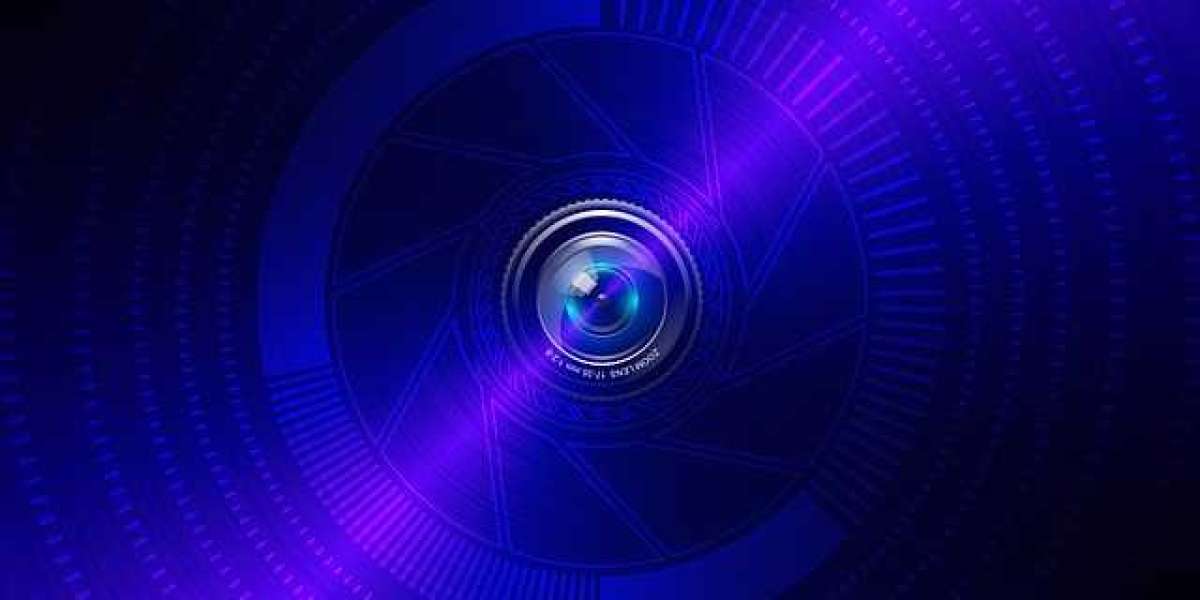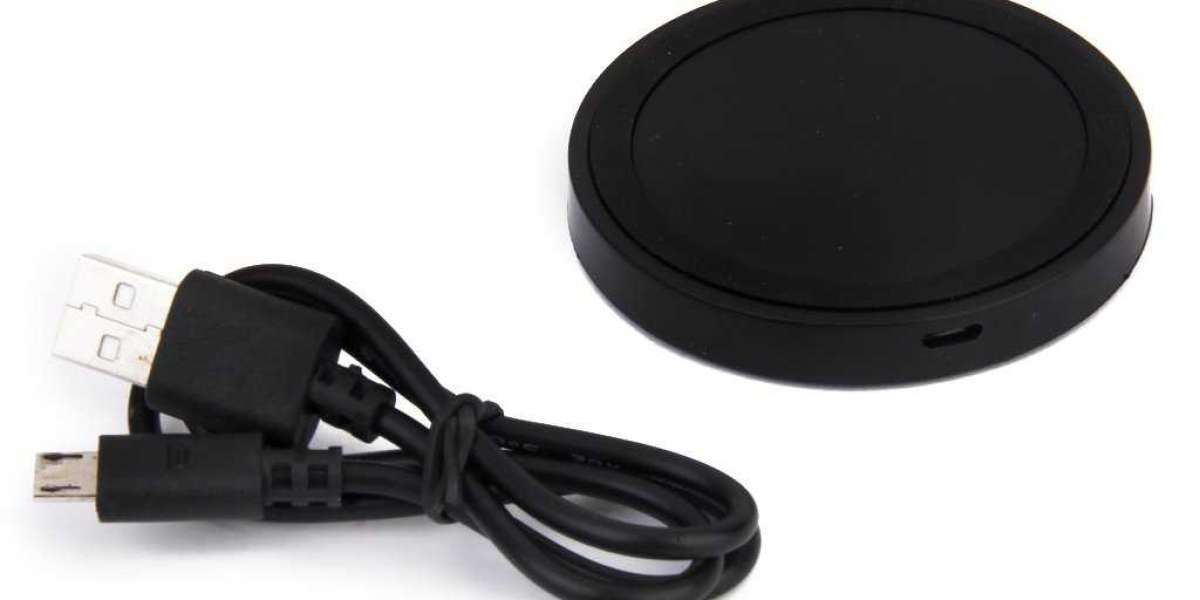Despite the fact that such incidents are not frequently recorded, i.e. they are not discussed in public as much, whether renting an apartment, a room, or a house, you can never be certain that there isn't a hidden camera set up to record or even broadcast everything you do. Those who are a little paranoid about it may opt to bring special concealed camera detecting equipment with them on the road, but in the future, everyone may be equipped with such devices.
Scientists from Singapore, for example, have discovered a way to transform cellphones equipped with time-of-flight sensors into gadgets that can identify spy cameras. ToF sensors, which are featured in many smartphones, are utilized for a variety of functions, including unlocking faces and shooting images with blurred backgrounds. Based on the reflection of an infrared beam from an object, they may determine the distance between them and an object. The light they generate forms a distinctive reflection on the lens, and it is through this reflection that a spy camera can be discovered.
Because ToF sensors were not designed for this purpose, scientists had to develop a custom application that allowed them to modify the sensors in order to be more successful in their search for spy devices. As a result, they developed a special intelligent system that alerts users to the ideal scanning distance while scanning items, as well as special filters and applied technologies that can distinguish between cameras in different lighting conditions and fraudulently present other objects as cameras.
Note that the resolution and accuracy of today's ToF sensors are still insufficient for successfully detecting spyware; however, with further technological advancements, we can expect to see applications developed by Singaporean scientists appearing in the App Store and Google Play in the near future.
The test data of that technology, on the other hand, demonstrates how precise its application is when used in conjunction with modern technology. In particular, it was successful in about 90 percent of cases, although the proportion of false positive results was somewhat higher than 15 percent in some instances. For its part, the usage of specialized detectors produced significantly inferior results, with just 62 and 58 percent of hidden cameras identified in two scans, respectively, and false positive findings of 27 and 35 percent.



